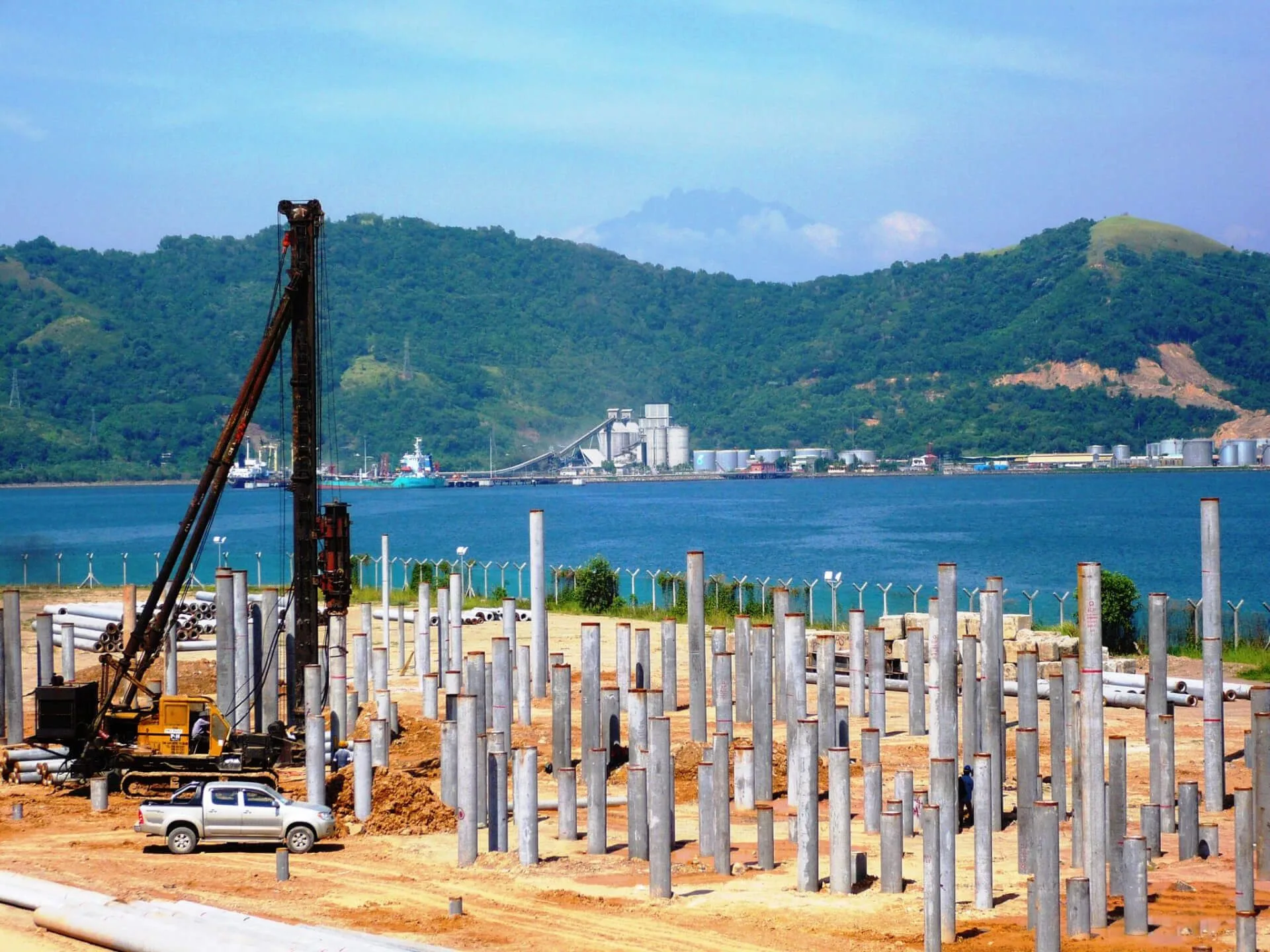
30 Jun Seismic Safety Begins Beneath the Surface
In the wake of the devastating 7.7 magnitude earthquake on March 28, 2025, centered in Myanmar but felt as far as Bangkok, has reminded us all of a hard truth — earthquakes don’t respect borders. The tragic event resulted in dozens of fatalities and widespread concern about the safety of buildings, especially in urban centres like Bangkok.
According to a Nida Poll published by Bangkok Post, over 68% of residents now worry about the stability and safety of buildings across the city. The Structural Engineers Association of Thailand has estimated that fewer than 10% of buildings in affected areas are built to withstand seismic forces, despite existing regulations. People are questioning whether existing structures are safe and how future developments will be affected. It’s clear that the conversation around earthquake resilience is no longer optional — it’s urgent.
So where do we begin? Foundation matters.
In countries like Japan and China, which face regular and often severe earthquakes, pile design plays a crucial role in ensuring safety. Precast high-strength concrete piles, such as PHC piles (spun piles), have been widely used and studied in these regions. These piles have shown to perform well in seismic conditions, helping to support buildings and infrastructure even when the ground shakes or shifts.
While no system is earthquake-proof, starting with a reliable, tested foundation system makes a significant difference. Spun piles offer strength, consistency, and resilience — essential qualities in earthquake-prone areas. At ICP, we believe that seismic resilience starts long before the first floor is built — it starts with the right foundation.
In light of increasing tectonic activity and the unpredictability of future seismic events, now is the time to plan smarter and build stronger. Spun piles are a good place to start.


